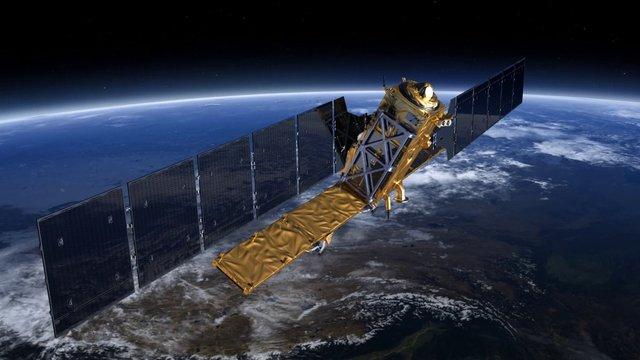 Space exploration and additive manufacturing go together like Oreos and milk. Over the last two years, we have seen an influx of companies within the aerospace industry begin adopting 3D printing as a way to cut their costs by reducing payload weights, or in a couple of cases, the actual weight of a spacecraft. Elon Musk is using additive manufacturing to lighten the launch load for SpaceX missions, while NASA is exploring the technology in a variety of ways as well.
Space exploration and additive manufacturing go together like Oreos and milk. Over the last two years, we have seen an influx of companies within the aerospace industry begin adopting 3D printing as a way to cut their costs by reducing payload weights, or in a couple of cases, the actual weight of a spacecraft. Elon Musk is using additive manufacturing to lighten the launch load for SpaceX missions, while NASA is exploring the technology in a variety of ways as well.
Swedish company RUAG, known for their highly reliable on-board satellite equipment, which includes microwave electronics, antennas, separation systems, and various other components, has turned their attention to 3D printing as a means of production.
RUAG’s Space division has teamed up with Altair, a US company known for their design optimization skills, as well as Germany-based EOS, which has vast experience producing light-weight metal-alloy components via additive manufacturing technology.
The goal for RUAG Space is to produce a lighter, more efficient antenna support for an Earth Observation (EO) satellite, a successor to the Sentinel-1 radar satellite. To get started the company relied upon Altair’s software to redesign the support structure using as little material as possible and exploit the freedom of design enabled through the use of 3D Printing. Once a design was agreed upon, they turned to EOS which printed the finished component via a powder-bed laser sintering machine.
“Our goal is to fit Sentinel-1 successors with antenna supports that have been manufactured using a 3D printer,” said RUAG Space CTO Michael Pavloff. “3D printing has enormous potential for our business, and we’re currently in the process of developing further space applications.”
RUAG Space managed to produce a part which was half the weight of that used on the Sentinel-1, while possessing better rigidity. The antenna support was a staggering 40cm in length, making it the largest known object ever 3D printed via a powder-bed laser sintering system. A rigorous set of tests are being conducted on the support, which should conclude by year’s end.
“The collaboration with RUAG Space and EOS allows us to deliver even more innovative end-to-end design and optimization processes to exploit the benefits of additive
manufacturing.” said Altair Managing Director Pietro Cervellera.
Future applications of this technology could mean more than the production of a single satellite component. In fact, entire sections of a satellite may one day be printed out, including their reflectors, heating pipes, harnesses, and other components which could be integrated directly into the underlying structure of the satellite, printed in one piece.
There is no doubt that this incredible technology will continue to save those involved in the aerospace industry quite a bit of money, while also reducing the amount of raw material needed for the production of various items. Let’s hear your thoughts on this story in the 3D Satellite Component forum thread on 3DPB.com.
Subscribe to Our Email Newsletter
Stay up-to-date on all the latest news from the 3D printing industry and receive information and offers from third party vendors.
Print Services
Upload your 3D Models and get them printed quickly and efficiently.
You May Also Like
Making 3D Printing Personal: How Faraz Faruqi Is Rethinking Digital Design at MIT CSAIL
What if your 3D printer could think more like an intelligent assistant, able to reason through a design idea, ask questions, and deliver something that works exactly the way the...
Reinventing Reindustrialization: Why NAVWAR Project Manager Spencer Koroly Invented a Made-in-America 3D Printer
It has become virtually impossible to regularly follow additive manufacturing (AM) industry news and not stumble across the term “defense industrial base” (DIB), a concept encompassing all the many diverse...
Heating Up: 3D Systems’ Scott Green Discusses 3D Printing’s Potential in the Data Center Industry
The relentless rise of NVIDIA, the steadily increasing pledges of major private and public investments in national infrastructure projects around the world, and the general cultural obsession with AI have...
Formlabs Teams Up with DMG MORI in Japan
In late June, Nick Graham, Chief Revenue Officer at Formlabs, announced on LinkedIn that the company had partnered with DMG MORI, one of the world’s leading machine tool companies, to...



































